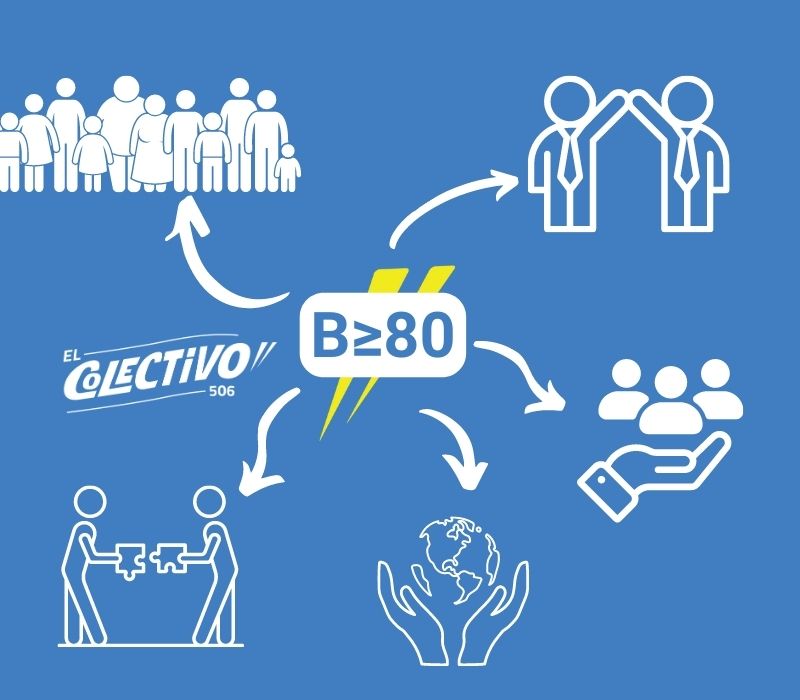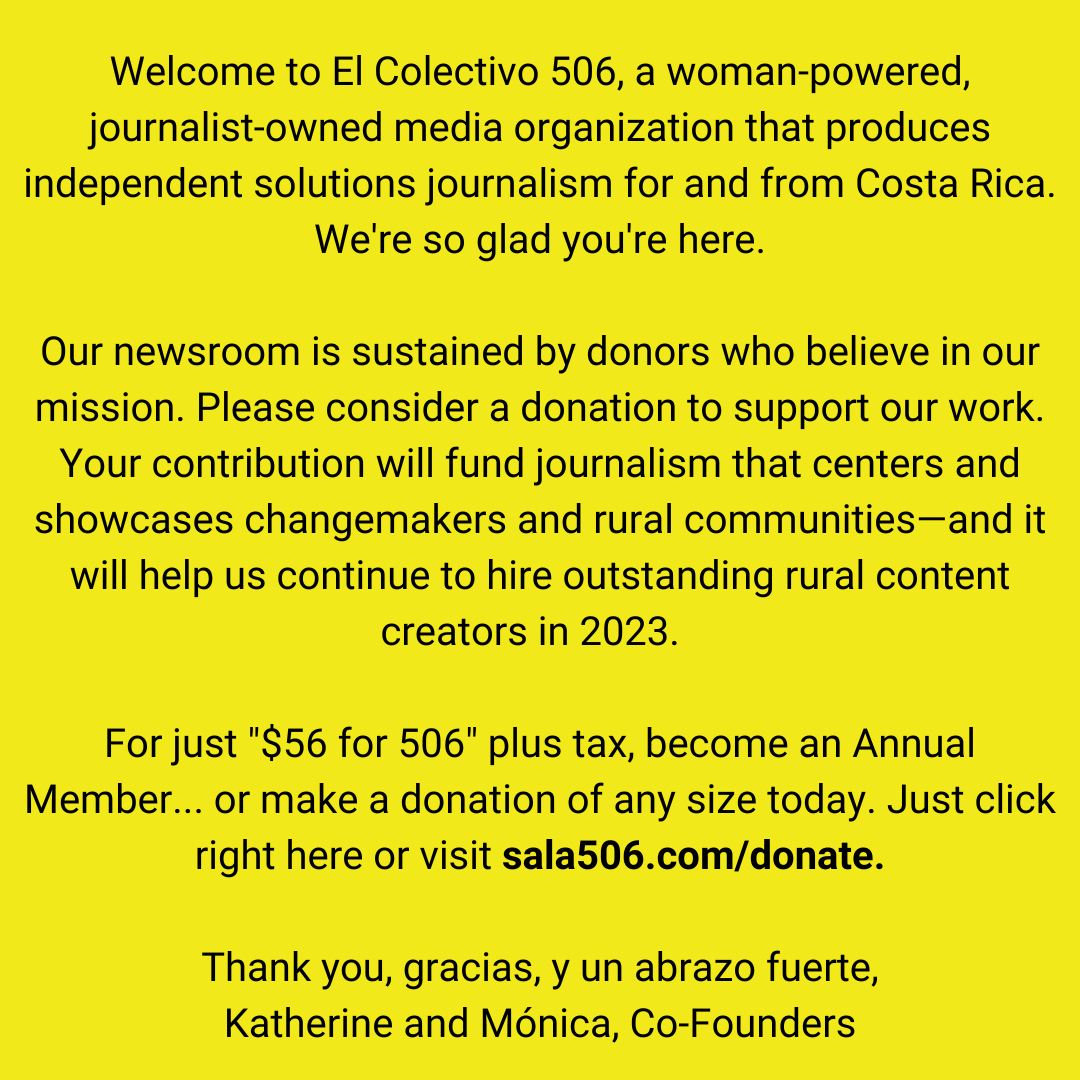80.5.
That’s the number that surprised us by popping up once we’d answered all the questions on the online, self-administered B Impact Assessment. Because 80 is the minimum score for certification, this was a sign that we are on the right path—but because we’ve spent the previous month learning about Certified B Corporations through the experience of Costa Rican entrepreneurs, we know that this was not an endpoint. It’s the beginning of a long and rigorous road.
To join the movement and certify a company’s commitment to social and environmental impact, each business must follow up the assertions it made in the self-assessment by documenting and proving every single one. And El Colectivo 506, a small and relatively young business that isn’t yet in the black, has a long way to go before it can do that. The Assessment has shown us how we’ll have to put our principles and results in writing in order to join the likes of Pucci Photo and Patagonia, Bodhi Surf & Yoga and Ben & Jerry’s, Florex and Farmstand, Casitas Tenorio B&B and Cabot Creamery.
But spending a month diving deep into the assessment and talking with the four Costa Rican Certified B Corps that made this edition possible, as well as other allies of the movement, helped us answer some questions that have plagued us ever since we first decided to incorporate as a business rather than a nonprofit, specifically in order to pursue B Corp Certification one day.
Why aren’t more Costa Rican companies being certified as B Corps by the nonprofit B Lab, which supervises this voluntary global movement for companies to certify their “triple bottom line” of profit, people, and planet?
What are the biggest challenges keeping the country’s small, rural businesses, so many of which boast significant achievements for their communities and ecosystems, from proving their environmental and social bona vides using this global tool?
What difference would it make for Costa Rica—and the world—if more companies crossed that line?
And to answer those questions, we also had to ask: is this certification worth it?
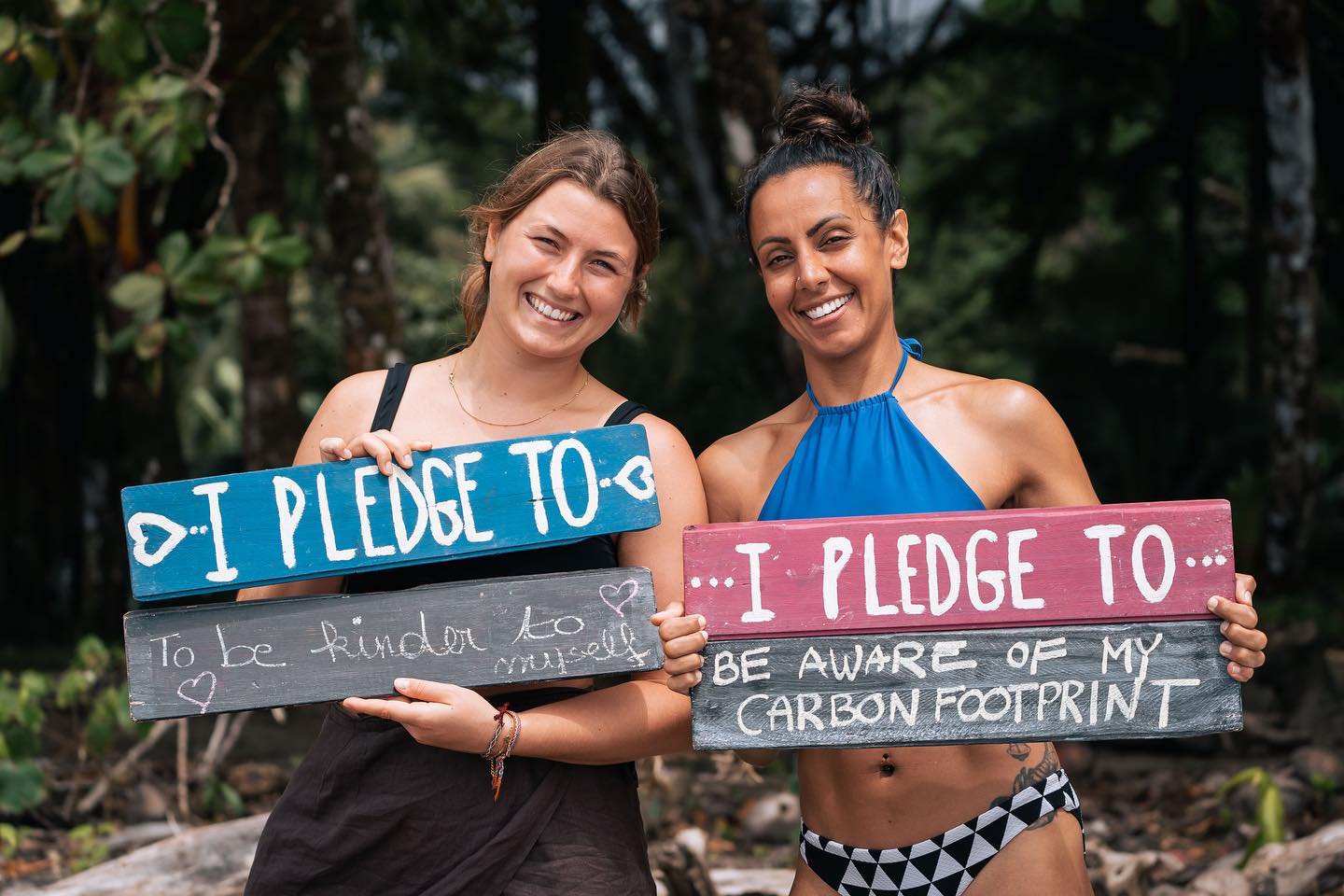
How the B Movement came to Costa Rica
Luis Mastroeni is one of the reasons that there are 12 Certified B Corps in Costa Rica today. He’s spent more than 20 years working with companies to develop their Corporate Social Responsibility, or CSR. When, approximately seven years ago, a CSR working group Luis was a part of at the time first started looking at the international B Corp movement, he saw that the certification offered a kind of permanence that even the best CSR program can’t.
“The most important aspect of B Corps is that it requires the business to manage itself in an environmentally and socially responsible way,” he says. “And when I say ‘require,’ it’s not because it’s a burden, a regulation, or a law. It’s because the business makes a commitment on a formal level, and commits its board and its executive committee. They can no longer generate utilities if there’s a [negative] impact on the environment and society.”
That’s a big difference from corporate philanthropy: “All other sustainability processes or social responsibility processes within a business are voluntary. The majority on the board of directors can erase everything that’s being done. They can remove the budget for that effort, fire everyone who’s working on it.”
The global B Lab, which oversees the B Certification process, works through regional entities that bring the evaluation down to the ground in their areas of influence. For Latin America, that is the Sistema B, which originated in South America. Luis and others motivated by this new direction for business sustainability joined forces with the Sistema B and created Sistema B Centroamérica y el Caribe. This entity has its own board and oversees certification processes for all of the countries of Central America, as well as the Dominican Republic.
The free online B Impact Assessment, which we have explored in depth through our reports this month, allows any company to self-assess its practices in five areas: Governance, Environment, Community, Workers, and Customers. Once a company is confident it can document and prove a score at or above the minimum of 80, it submits its results to the Sistema B and pays an application fee. Once the Sistema B coaches the company through submitting all of the extensive documentation required to back up its claims on the assessment, a company that earns certification then pays an additional fee based on its total sales in the previous year.
Once we understood all this, it was finally time for El Colectivo 506 to dive in.
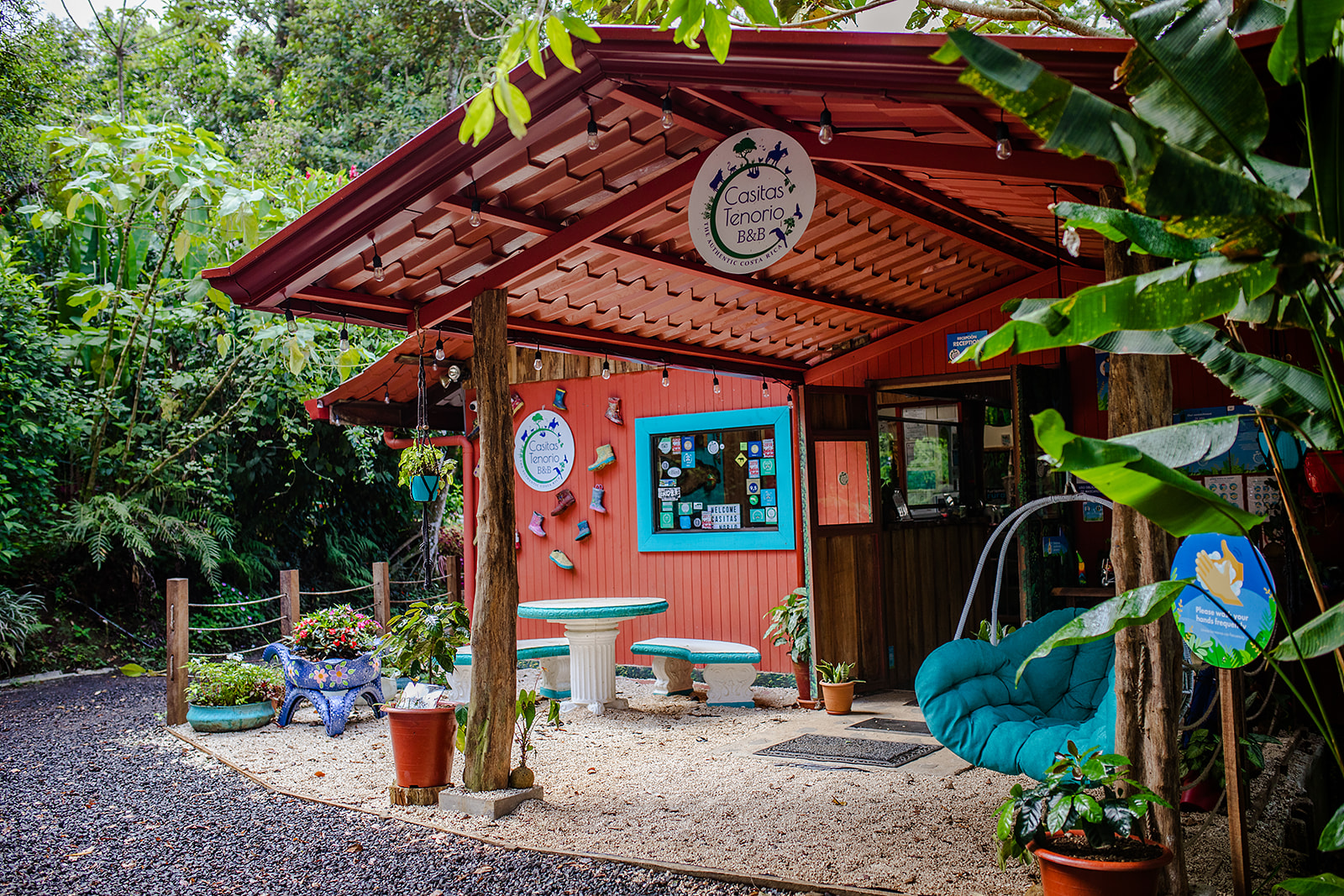
The life-changing magic of measuring up
“Magic” might be a bit much. But after so much time circling the B Movement and hoping to become one of the few media organizations that have met the famously rigorous standards for positive impact in five areas—governance, environment, community, workers, and customers—we opened up the online B Assessment with quite a bit of excitement. We’d learned from our sponsor B Corps that certification can attract clients who share these commitments to the planet, and can also open doors to new alliances with other certified companies here and abroad. Even though Costa Rica does not yet have B Corp legislation the way countries such as the United States do, meaning that there are no regulatory or tax advantages to certification in Costa Rica, we’ve long wanted to join this community.
But there was trepidation there, too. Would we crash and burn?
As you might expect, what we found was something in the middle. As we answered the questions, sometimes circling back to them multiple times over the course of the month, the comments of our interviewees throughout this edition rang in our ears. Perhaps most of all, we thought of what Casitas Tenorio B&B owner Pippa Kelly had to say about the assessment: “It gives people structure around where they’re falling behind or what a business should have. It’s basically a business plan. Use it for growth… If you just pick up a business book, it can’t really plug in your business. But something like the Impact Assessment goes through each question and then flags what you should be doing.”

We found this to be true. Some of the questions posed in the assessment open our eyes to achievements we could work towards over a period of years, or that would require deep rethinking of the way we operate—for example, how we could structure and quantify professional development opportunities for our staff, including the freelancers we work with through our Network 506. The assessment asked whether we work “with other industry players on a cooperative initiative on relevant social and environmental standards for our industry;” how great would it be to look at these challenges with other media organizations in Costa Rica? It also got us thinking about ways we could assess and track the impact of our stories and projects.

Another example: One issue we’ve struggled with throughout not just the life of El Colectivo 506, but also our careers, is the fact that so many nonprofits and small businesses who could gain the most from great communications materials have little to no budget for it. We do offer a discount to small businesses and nonprofits, but that’s often not enough. The assessment, however, asked whether “we use a cross-subsidization model whereby higher pricing for traditional organizations allows for lower or subsidized pricing for financially-constrained organizations serving the underserved.” How interesting to consider how we could enlist the support of our larger clients in an explicit effort to cover the costs of smaller organizations in need.
Perhaps the biggest big-thinking challenge for us, and probably for many other small businesses with a wide range of projects and participants, is defining our beneficiaries. Are we serving individuals, households, communities, businesses or nonprofit organizations,
or governments? What social and environmental needs are we meeting, and how?
We have a lot of thinking ahead, both about the impact of our journalism, and about the communications, marketing, and training services that we offer. In this and so many other areas, the assessment offered some language that might change the focus of our work: “Our product or service helps the financial viability of purpose-driven enterprises, which in turn allows them to continue to serve their underserved target population.” As we continue to expand this part of our operation, this lens of communications for “financial viability of purpose-driven enterprises” could sharpen our focus.

Those loftier goals are accompanied in the assessment by very basic actions, as Pippa described. Others—many others—are so achievable in the short term that it’s sometimes tempting to go off and get them done before answering the question. Any small business can start tracking the number of organizations they’ve served, or implement performance review measures, or set their job descriptions and procurement policies on paper.
We saw why so many people in the B Movement had encouraged us to take the assessment “early and often.” In a business climate that’s confusing and overwhelming, this is an easy-to-access checklist of basic practices that will make our business run better and help us move not only towards B Certification, but other hurdles and landmarks as well.

The bottom line that hurts the most
That said, going through the process showed us very clearly how not just our assessment, but also our business needs to mature before we can hope to provide the rigor required once we send the self-assessment to the Sistema B and fulfill their requests for documentation. While the exercise shored up our motivation and ideas to monitor our social and environmental bottom lines, our number-one challenges are more basic: covering our costs, achieving regular pay for our staff, and getting square with Costa Rica’s business requirements.
From more than two years reporting on and working with small businesses in Costa Rica, we know this will also be the sticking point for hundreds of others. We need to survive not only financially, but also in terms of government paperwork, before we can ever get certified.
The Workers section is where this comes into play the most. When your business is fueled by the founders’ labor, you haven’t formalized your labor situation yet, and you can’t answer questions about wages and benefits with any rigor. The same thing goes for questions about your workers’ access to health care and other benefits. This is where the rubber meets the road for small businesses in Costa Rica, and El Colectivo 506 is a great example.

As co-owners of the company, Mónica and I aren’t allowed to list ourselves as employees of the company; since we can’t do that, we can’t put ourselves into the Caja, Costa Rica’s health care system; and since we have no other workers beyond occasional freelancers, we therefore have no way to meet the Caja requirement we need to certify ourselves as a small business. That first step is the key to so many subsequent certifications and legal formalization. Without it, we’re stuck. That’s something a global certification can’t address. In this and many other areas of the assessment, the hurdles specific to Costa Rica will keep businesses back from full compliance with B Corp standards.
The sheer cost of the certification is another factor. The day before we completed our self-assessment, we received news from Sistema B: starting on April 15th of this year, certification fees for Latin America will increase, and a new application fee will be introduced. For us, the application costs $400, because we are in the lowest sales range (0-$499,999). Certification itself, should we pass all the hurdles, will cost $1,000 for the lowest sales range (0-$149,999), up from $500 currently. (The highest range on the certification chart: for businesses with $750 million to $999,999,999 in sales, the fee is $50,000.)
As demand for B Certification increases worldwide, its governing bodies must sustain themselves. It makes sense that their efforts have a cost. It’s just another factor to consider for tiny businesses still weighing every purchase against covering its existing costs.
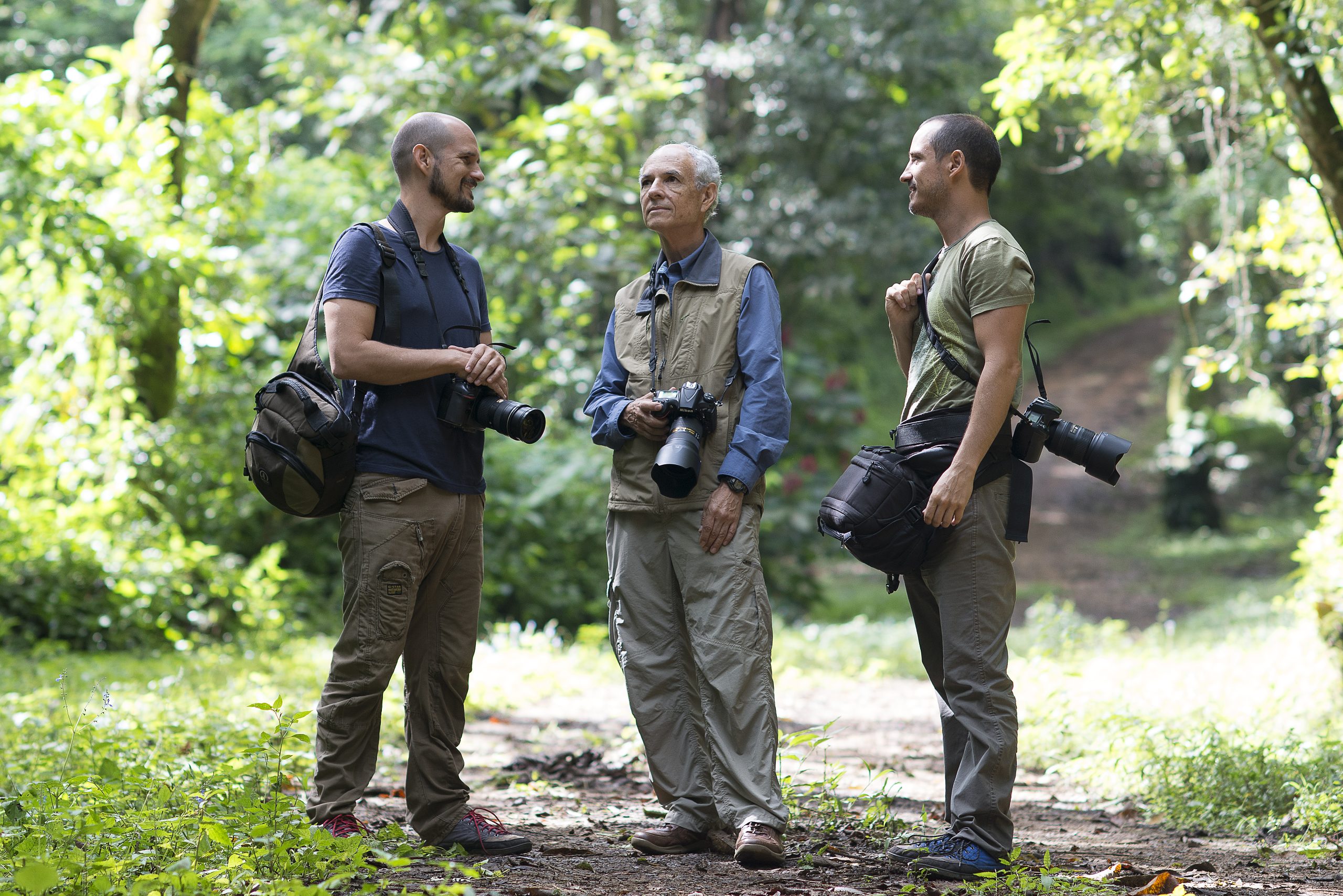
‘Costa Rica isn’t moving at the speed it needs to reach’
Luis says that in addition to these hurdles facing small business on the bottom, Costa Rica hasn’t seen enough leadership on these issues from the top: its leading corporations and business chambers.
“There are businesses that are working on these issues. There are businesses that want to do it right. But we’ve been talking about [sustainability in business] for more than 25 years in Costa Rica. We’re just not going at the speed we need to reach,” he said. “There should be greater transformation from businesses, and we’re not seeing that.”
He says that the response to the B Movement from the national business chambers—naming the Chamber of Industry, the Chamber of Commerce, the Costa Rican-North American Business Chamber (AmCham)—has been limited.
“The chambers do social responsibility contests. They do a prize for the best initiatives,” he says. “There are sustainability commissions and social responsibility forums within those commissions, but they’re no more than spaces for training and awareness. There’s no real governance effort from the chambers to promote this topic, the way there is to defend companies from higher taxes, or to defend the country’s sustainability.”
According to Luis—who now works as the Corporate Relations and Sustainability Director at Dos Pinos, which is not a B Corp—this won’t change until the business community starts to see triple impact as an essential part of protecting themselves against risk.
“What’s the risk for my company if it doesn’t meet new market circumstances?” he asks. “If climate change leaves me without water for production? If social inequalities are so great that, at any moment, the community will organize against me?… If I don’t have the conditions that workers today want, so my talent leaves and I don’t have anyone left. All of this is a constant economic loss.”

Paulina Rodríguez of Komunka LatAM, President of the Sistema B Board, reiterated this point in an Instagram Live event organized by Sistema B to celebrate B Corp Month. She shared the virtual stage with Andrea Becerra, the founder of Costa Rican Certified B Corporation Aromas.
“These days, talent chooses the business. The business doesn’t choose its talent,” Paulina said during the Live. “And the best talent wants to work at B Corps.”
Ultimately, however, Paulina said, the pressure for increased business sustainability must come from consumers.
“Triple impact is something that we all have to seek… including consumers,” she said. “Don’t buy or consume brands that don’t demonstrate their value… and guarantee their compliance with ethics, social responsibility, and the environment.”
“It’s like voting in an election,” she said.

So what’s next for Costa Rica’s small businesses?
The month of conversations with B Corp leaders taught us a lot about this movement.
From Silvia Chaves of Florex, we learned how the assessment still needs to adapt itself to the Costa Rican and Latin American context. Through the eyes of Travis Bays of Bodhi Surf & Yoga and Giancarlo Pucci of Pucci Photo, we saw how the already rigorous requirements could benefit from probing still further—whether this means looking at whether companies are encouraging or counteracting gentrification, or pushing past sustainability to regenerativity. And with Pippa Kelly of Casitas Tenorio B&B, we realized how much small businesses like ours might struggle with the lofty goals (and cost) of the assessment.
While we still have much to learn, we have come to understand that as small Costa Rican companies struggle to survive a hostile, red-tape-laden business climate, the most valuable asset offered by the B Impact Assessment is not the number you get at the end of the road. It’s the handy, free, online access it offers to a number of good business practices that can help any company grow and stand apart.
To put it another way: for many small companies in Costa Rica, B Certification is not a feasible option in the short or even medium term, unless they receive paid support, such as the consultant Pippa hired at Casitas Tenorio to help her with a similar certification. However, the specific practices required by the tool can be immediately helpful to many businesses. Including ours.

The culture of measurement that the Sistema B promotes is something that can benefit and improve Costa Rica’s business community as a whole. It can help formalize our good practices in a way that we can then put in our materials, incorporate into our marketing, report back to our customers.
As we work to move El Colectivo 506 from the red into the black, with B Certification remaining an important goal for us, we will walk the walk and start to incorporate the practices listed in the assessment. We’ll integrate our social and environmental performance into our executive job descriptions, set up a way to track our energy and water use, record our volunteer hours—and the list goes on.
And as communicators, we’ll do our best to break down these practical steps and share them with the rural entrepreneurs who have been such an essential part of our reader community.
According to Luis, adopting these practices little by little is not only a positive step by business owners who care about their impact—it’s also a way for all businesses to avoid pain in the future when these practices become legal requirements, forcing drastic and expensive changes that could have been prevented by gradual preparation.
In his opinion, that reality is on the horizon sooner than we might think.
“I think we’ve already reached the point where will isn’t enough. That’s already been demonstrated,” he says. “In Costa Rica, since this past December, plastic straws are prohibited by law… In Germany, there’s a law where you have to prove that everything in your supply chain is responsible, or else the government of Germany can penalize you. Spain is looking at a law to penalize businesses that waste food. There’s a regulatory movement afoot that’s accelerating this in a big way.”


